Ferragamo - Lotte Gwangju Branch [Tax Refund Shop] (페레가모 롯데 광주점)
6.0Km 2024-04-23
268, Dongnip-ro, Dong-gu, Gwangju
-
Prada - Lotte Gwangju Branch [Tax Refund Shop] (프라다 롯데 광주점)
6.0Km 2024-04-23
1F, 268, Dongnip-ro, Dong-gu, Gwangju
-
Jeil Banjeom (제일반점)
6.0Km 2024-03-20
174 Guseong-ro, Dong-gu, Gwangju
062-224-6670
Located on Chungjang-ro Street in Gwangju, Jeil Banjeom has been a culinary staple since the 1960s. Operated by a Chinese immigrant, it has garnered popularity for its traditional dishes. The signature yennal jjajang is a classic take on black bean sauce noodles, featuring stir-fried black bean paste, a mix of vegetables, potatoes, and specially selected cuts of pork. Another highlight is the tangsuyuk, a dish of deep-fried pork sirloin coated in a sweet and sour sauce. A local favorite, the restaurant is known for being particularly bustling during lunch hours.
Arie-ne guesthouse (아리네 게스트하우스)
6.0Km 2024-12-13
6 , Cheonbyeonjwa-ro 428beon-gil, Nam-gu, Gwangju
+82-10-2104-8899
Ariene Guesthouse is an integrated cultural platform located in Yangrim-dong, Nam-gu, Gwangju. The accomodation is located in the downtown area of Gwangju, making it both easily accessible and affordable. On the first basement floor, there is Yanglim Culture Hall, a lounge cafe on the first floor, and a rooftop party room on the fourth floor. The guesthouse has nine rooms on the second and third floors, including double rooms, twin rooms, ondol rooms, and separate dormitory rooms for men and women. Each room is equipped with a bathroom for guests' convenience, and breakfast is provided at no charge. A fee is charged for laundry services. There are modern cultural and historic sites nearby.
Gyubongam Hermitage (Hwasun) (규봉암(화순))
6.1Km 2024-02-20
40-28 Dowon-gil, Iseo-myeon, Hwasun-gun, Jeollanam-do
Gyubongam Hermitage is a small hermitage located on Mudeungsan Mountain. It is believed to have been established during the Silla dynasty (B.C. 57-A.D. 935) and underwent renovations in 1959 to attain its current appearance. Renowned for its picturesque scenery, Gyubongam Hermitage is said to be a must-visit spot for those climbing Mudeungsan Mountain. It is particularly famous for its vibrant autumn foliage, and the area around the hermitage is abundant with rocky cliffs.
Yangnim-dong Penguin Village Craft Street (양림동 펭귄마을공예거리)
6.1Km 2024-12-06
20-13 Ogiwon-gil, Nam-gu, Gwangju
Yangnim-dong Penguin Village Craft Street is a narrow alleyway located behind the Yangnim-dong Community Center. The village, named because of the way the elderly residents appear to waddle like penguins, has become an exhibition space of life in the 70s and 80s. Villagers cleaned up empty houses that had been burnt down and left unattended in the past, brought discarded items, and began displaying them on the village walls. "Let's be thankful for living at that time" was engraved on the village wall. It also has historical culture, such as the House of Choe Seunghyo, the House of Missionary Uilsa, and Owen Memorial Hall. The Penguin Jumak in the middle of the village was the residents' gathering place, selling small but necessary items. Various workshops, such as leather workshops, textile workshops, and carpentry workshops, are located on Craft Street, so you can purchase pretty crafts or experience upcycling crafts with a retro vibe in which the historical and the modern coexist.
Yangnim History & Culture Village (양림역사문화마을)
6.1Km 2023-11-28
7 Seoseopyeong-gil, Nam-gu, Gwangju
+82-62-676-4486
Yangnim History & Culture Village is located in the area where Western items and ideas first entered Gwangju over 100 years ago. As such, the neighborhood has a unique collection of Western architecture mixed with traditional hanok houses. There are also many houses of Christian missionaries, who facilitated the advancement of medicine and education in Gwangju. Some areas, such as Penguin Village, have been decorated with murals and outdoor exhibitions to promote art and tourism, helping the elderly locals to make a living.
Sejong Hotel Gwangju
6.2Km 2021-04-09
30, Gyeongyang-ro 165beon-gil, Buk-gu, Gwangju
+82-62-528-0071, +82-10-5197-1401
Gwangju Sejong Hotel is very conveniently located since it’s a mere 3 minutes away from Gwangju Station on foot. The 6-story building has 35 cozy, quality rooms at affordable rates. All the rooms are furnished with TV, refrigerator, air conditioner, and desktop computer for the convenience of the guests. The hotel offers pick-up service from Gwangju Station for those using public transportation. There is a convenience store right next to the hotel, with lots of restaurants to choose from around the hotel where you can try famous Jeollanam-do-style Korean cuisine and dishes during your stay in Gwangju.
Ramada Plaza By Wyndham Chungjang (라마다플라자 충장호텔)
6.2Km 2024-11-28
369 Cheonbyeonu-ro, Dong-gu, Gwangju
Ramada Plaza By Wyndham Chungjang is the second Ramada Plaza in Gwangju with a view of Mudeungsan Mountain and Gwanjucheon Stream. The hotel has spacious 95 rooms with facilities including a fitness center, male-only sauna and more. Convention Center with a view of Mudeungsan Mountain, lounge and entertainment facilities with a trendy style provide guests with the comfort for any type of travel.
Yumyeong Hoegwan (유명회관)
6.2Km 2021-05-14
18, Geumnam-ro 131 Beon-gil, Buk-gu, Gwangju
+82-62-512-5574
Even before the mad cow disease crisis, Yumyeong Hoegwan has only been serving locally-bred hanu beef. The fresh meat, sirloin, and prime ribs are delicious and they also use rice and kimchi made in Korea. The restaurant has a lot of business and group customers, but it is also good for family occasions, wedding receptions, and other social gatherings.
![Ferragamo - Lotte Gwangju Branch [Tax Refund Shop] (페레가모 롯데 광주점)](http://tong.visitkorea.or.kr/cms/resource/62/2886862_image2_1.jpg)
![Prada - Lotte Gwangju Branch [Tax Refund Shop] (프라다 롯데 광주점)](http://tong.visitkorea.or.kr/cms/resource/66/2886866_image2_1.jpg)
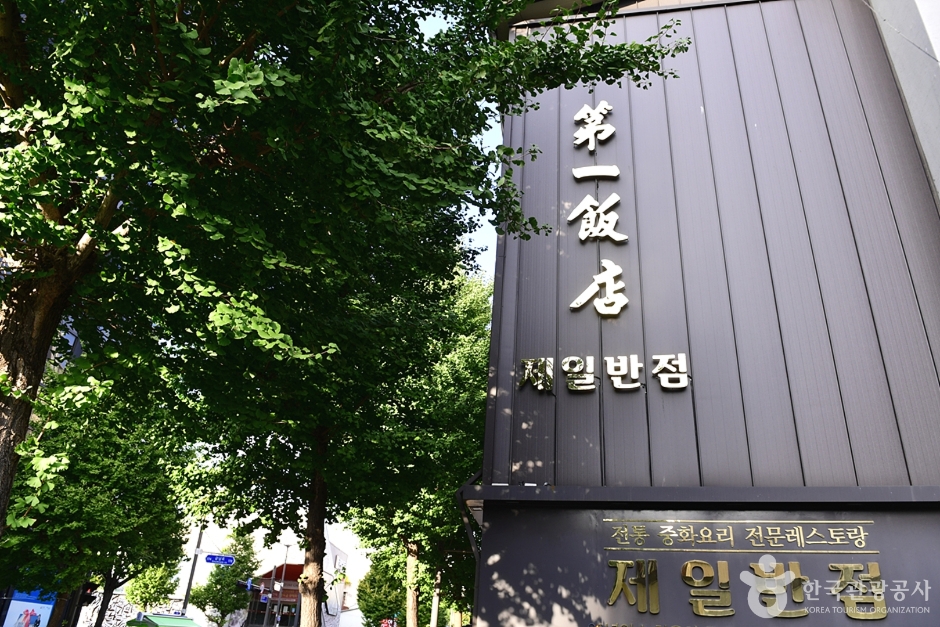
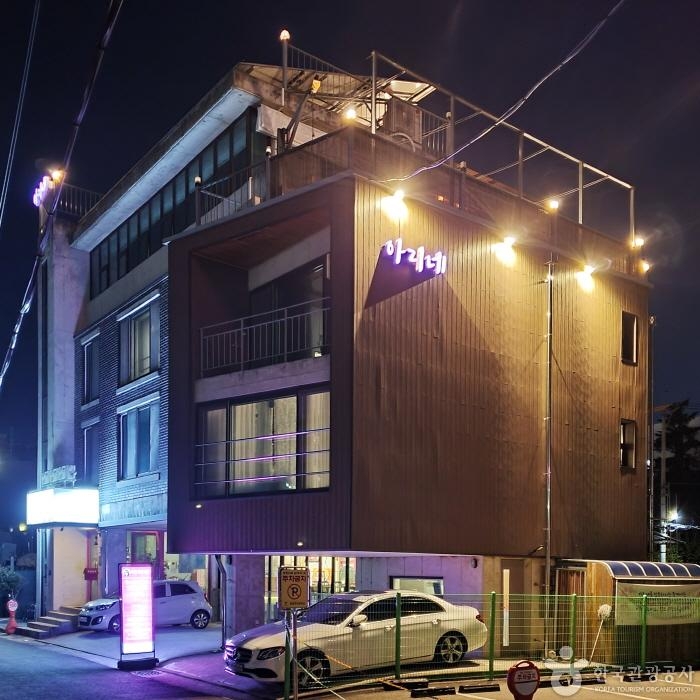

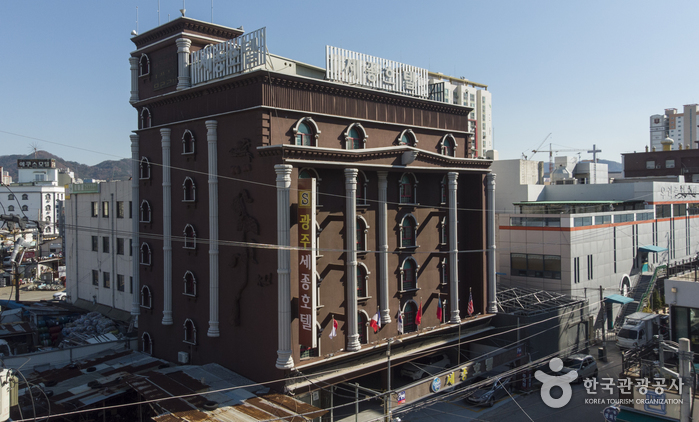
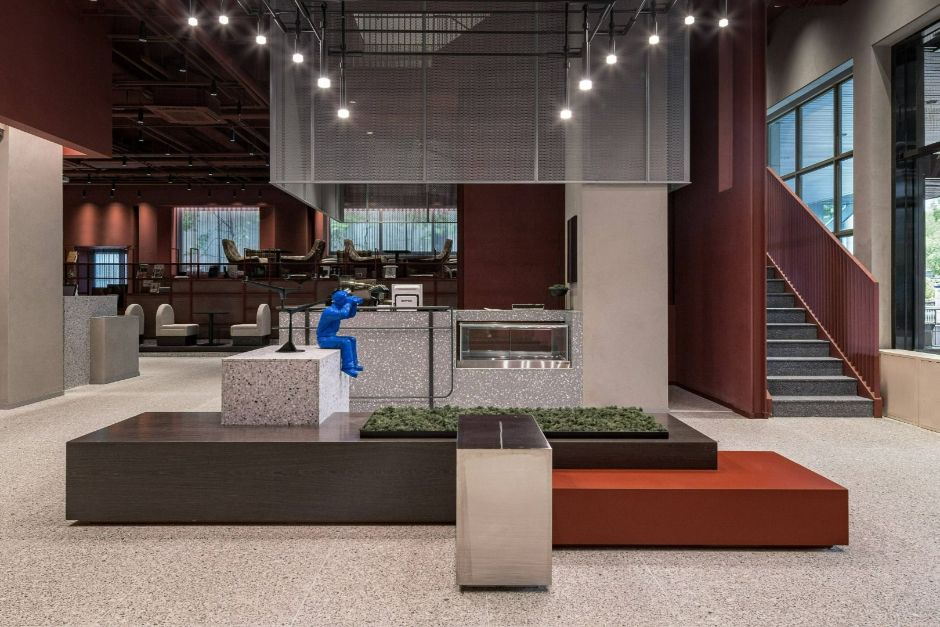
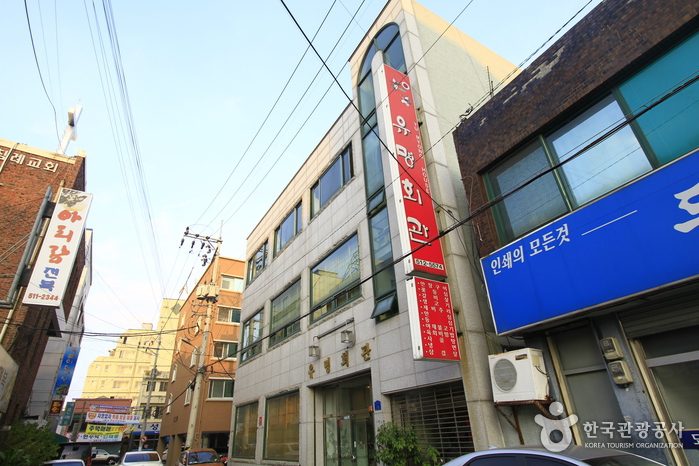
 English
English
 한국어
한국어 日本語
日本語 中文(简体)
中文(简体) Deutsch
Deutsch Français
Français Español
Español Русский
Русский